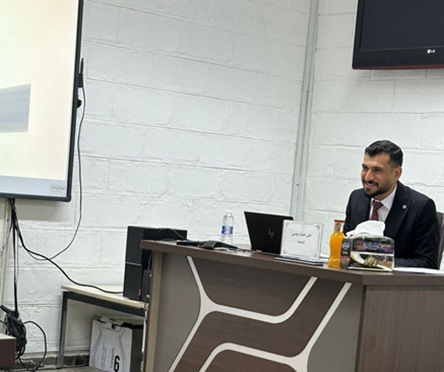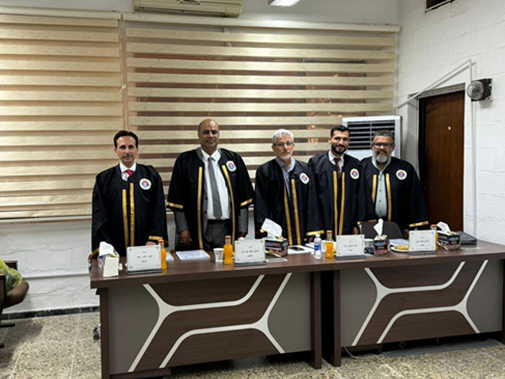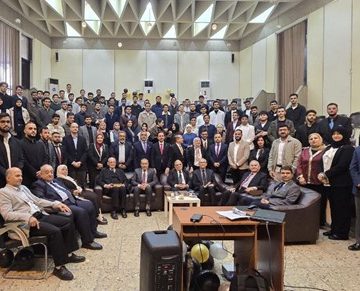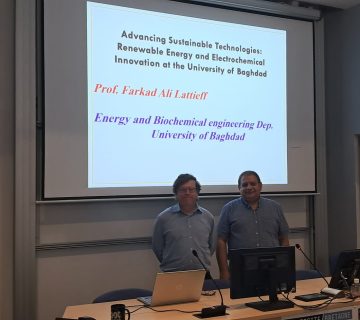The College of Engineering at the University of Baghdad witnessed the public discussion of the master’s student (Ali Isam Musa) in the Department of Civil Engineering for his thesis entitled ” BEHAVIOR OF GFRP-REINFORCED COMPOSITE CONCRETE COLUMNS SUBJECTED TO SEISMIC EXCITATION ” This will be on Thursday, September 19, 2024, in Al-Biruni Hall, under the supervision of Dr. Hayder A. Al-Baghdadi. The main aims of this study are understanding the behavior of several types of GFRP-reinforced composite concrete slender columns after being subjected to both lateral static force and dynamic seismic excitation with different amplitudes of the El-Centro 1940 earthquake, as well as assessing efficiency of the enhanced techniques.The study includes experimental work to investigate the behavior of RC slender composite columns with different techniques.Two types of reinforced composite concrete columns are adopted in this study. The first one is steel-reinforced composite concrete columns, which is used for enhanced columns. On the other hand, GFRP-reinforced composite concrete columns is adopted as a second technique.
In the experimental work, six 1:3 scale down slender column models. The tested models have a square cross-section measuring 130×130 mm and a height of 1500 mm. Two columns are used as reference specimens not compounded . On the other hand, four steel and GFRP-reinforced composite concrete columns are tested statically and dynamically through a base seismic excitation by using a shaking table.In the static tests all the column models are tested up to failure, while in the the dynamic test, the response of the column models is within an elastic linear state.
According to the static test results, steel-reinforced composite concrete columns increase the lateral static load capacity of 32%, and GFRP-reinforced composite concrete about 24%, at 40 mm displacement. Furthermore, for dynamic test, the composite concrete columns both GFRP and steel sections showed a significant reduction in displacement relative to the not compounded concrete column within linear elastic limit, so it is recommended to use this composite concrete columns technique for dynamic purposes.
In future studies, it is recommended to expand the research Investigate the effect of using high strength concrete on the behavior of GFRP strengthened RC columns during the loading test And also technology Investigate the efficiency of the GFRP strengthening technique for RC columns subjected to cyclic loading In addition Investigated the behavior of fire-damaged strengthened RC columns under static and seismic loading.








